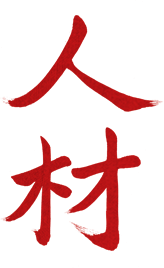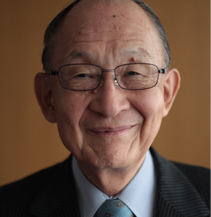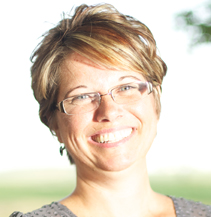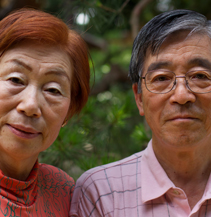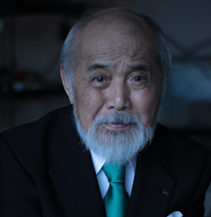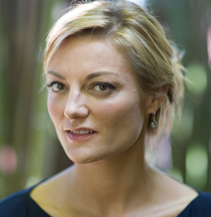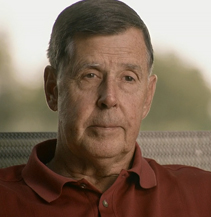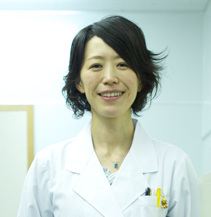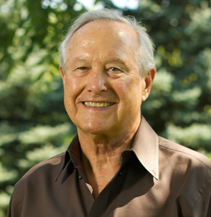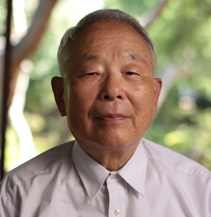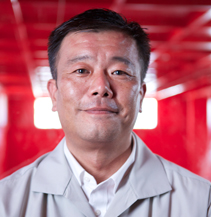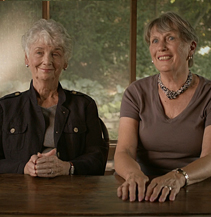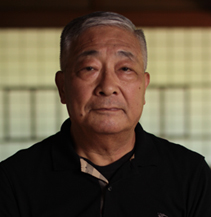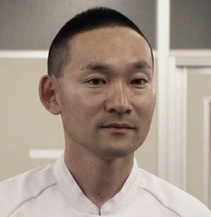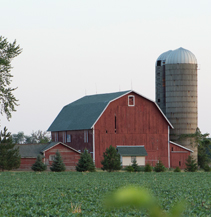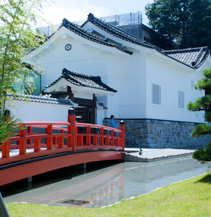Yuzaburo Mogi
Yuzaburo Mogi, Honorary CEO and Chairman of the Board, received his Bachelor of Arts from Keio University in 1958 and then earned his MBA from Columbia University in 1961. In 1958 he started his career at Kikkoman Corporation—a company his ancestors founded in the seventeenth century. For his achievements, Yuzaburo Mogi was awarded the Medal of Honor with Blue Ribbon of Japan in 1999 as well as the Order of Orange Nassau from the Kingdom of the Netherlands in 2003.
Belinda Hertel
Belinda Hertel is the Administrative Supervisor at the plant in Walworth, she handles all HR responsibilities at the production facility. She started 16 years ago in the warehouse, but after only four years, the opportunity came to move into HR. A lack of experience and training did not get in her way—Kikkoman put her through school to learn the job.
Art Anderson
Formerly a dairy farmer, Art was one of the first eight American employees at the plant in Walworth when it opened its doors on February 5, 1973. For more than 13 years, Art worked in the koji department handling everything from pneumatic puffing to loading the koji beds. During his time there, he made lasting friendships with his Japanese coworkers, having them over for BBQs and birthday parties.
Mr. and Mrs. Hashimoto
A respected fermentation expert at the Kikkoman factory in Noda, Japan, Hikotaka Hashimoto was assigned to work at the Walworth factory in 1977. For five years, he and his wife, Kimiko, lived in Walworth, raising their two young children, building many long lasting friendships with locals like Susan and Diane and getting a taste of what life was like in America.
Kenji Ekuan
Chairman of the GK Design Group, Kenji is responsible for designing the iconic five-ounce dispenser bottle. Inspired by his mother, who struggled to pour large cans of soy sauce, Kenji developed the water drop design and dripless spout to easily fit in the hand and leave no mess. The process took three years and hundreds of prototypes to perfect. More than 300 million have been sold since the bottle was first introduced in 1961.
Lucy Walker
Lucy grew up in London, England, and graduated from the prestigious Oxford University before winning a Fulbright scholarship to attend the Graduate Film Program at NYU. Since then, her five documentaries have earned more than fifty awards, including two Academy AwardTM nominations for her work on Waste Land and The Tsunami and the Cherry Blossom.
Bill Nelson
Now retired, Bill was the original Walworth Plant Manager. Coming to work at the plant in 1974, he immediately noticed Kikkoman's deep respect for its workforce. This was evident in how quickly the company addressed employees' ideas, suggestions and opinions. Bill remained at the Walworth plant for 30 years and currently serves as an advisor to Kikkoman's executive committee.
Miho Imamura
Kikkoman Product Development Taster, based in Noda, Japan, Miho Imamura cannot imagine a meal without soy sauce. To Miho, it is the perfect base for any dish. Her love of analyzing and explaining the flavors in food led to a career in tasting. Even though she has soy sauce almost every day at work, she never grows tired of it.
Milton (Mick) Neshek
When Yuzaburo Mogi first walked into Mick Neshek's law office and asked him to represent Kikkoman, it didn't take them long to become fast friends. Not only did Mick help Kikkoman open the factory in Walworth, he became an integral member of Kikkoman's Board of Directors and remains close friends with Mr. and Mrs. Mogi to this day.
Harumi Kashima
Part of the first group of Japanese that came to America to open the Kikkoman plant in Walworth, Harumi was responsible for building a fully automated production line. Known to his coworkers as "Harry," Harumi stayed for four years and formed a lifelong friendship with coworker Art Anderson and his family.
Shuji Funabashi
Originally built to brew soy sauce exclusively for the Imperial Family, the Goyoguru factory in Japan is now open to the public. There, tour guide Shuji Funabashi explains the intricate process that was used centuries ago to naturally brew soy sauce, and he proudly passes on the wisdom of the ancients on to future generations.
Diane and Susan
Both born and raised in Wisconsin, Diane McKoy and Susan Groth still live in the same town where they grew up. Before they met the Japanese women whose husbands worked at the plant, they had little exposure to other cultures. What started as an invitation to play tennis turned into shared meals, kimono lessons, rare cultural experiences and true friendships.
Tadao Hirayama
Historian Tadao Hirayama worked for Kikkoman for ten years and was tasked with the job of uncovering and documenting the company's rich and complex heritage. Today, he is a lecturer of dietary culture at a culinary school in Tokyo.
Masashi Fukasaku
A lab technician at the Kikkoman factory in Japan, Masashi Fukasaku believes that great soy sauce is like a child—it cannot grow without proper attention and care. He refines and purifies it meticulously, making adjustments until the quality and natural flavor are exactly right.
Walworth, WI
When selecting the site for Kikkoman's first manufacturing facility in the United States, Yuzaburo Mogi and his father chose Walworth not only for its rich farmland, but also for its welcoming residents and hard working, diligent workforce. When the first wave of Kikkoman employees arrived in Walworth, they spread out within the community, quickly adapting to American culture and developing close friendships with the locals.
Noda, Japan
To escape the shogun siege on Osaka Castle nearly four centuries ago, Shige Maki and her infant son fled to Noda, a small farming community. It was there, nestled between the Edo and Tone Rivers, that Shige created the original soy sauce recipe still used by Kikkoman to this day. Noda's abundance of natural resources and proximity to Tokyo made it the ideal location for Kikkoman's Japanese production facility, which is still there today.
























